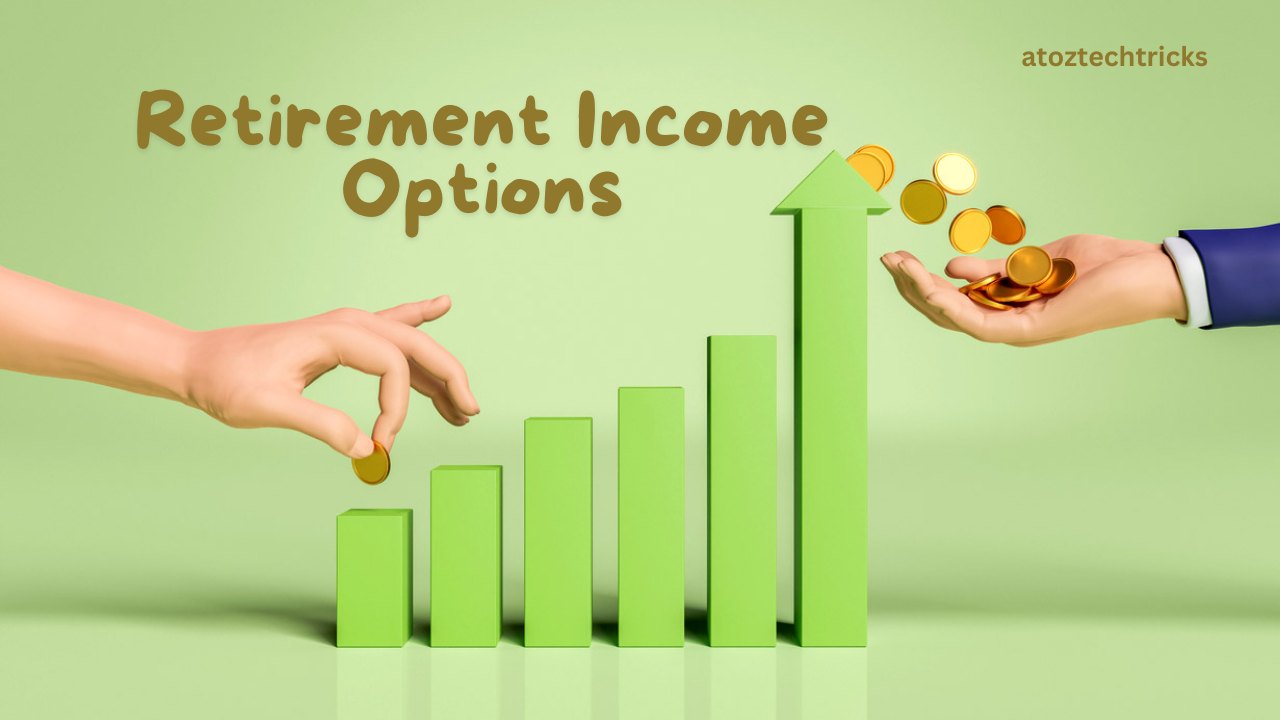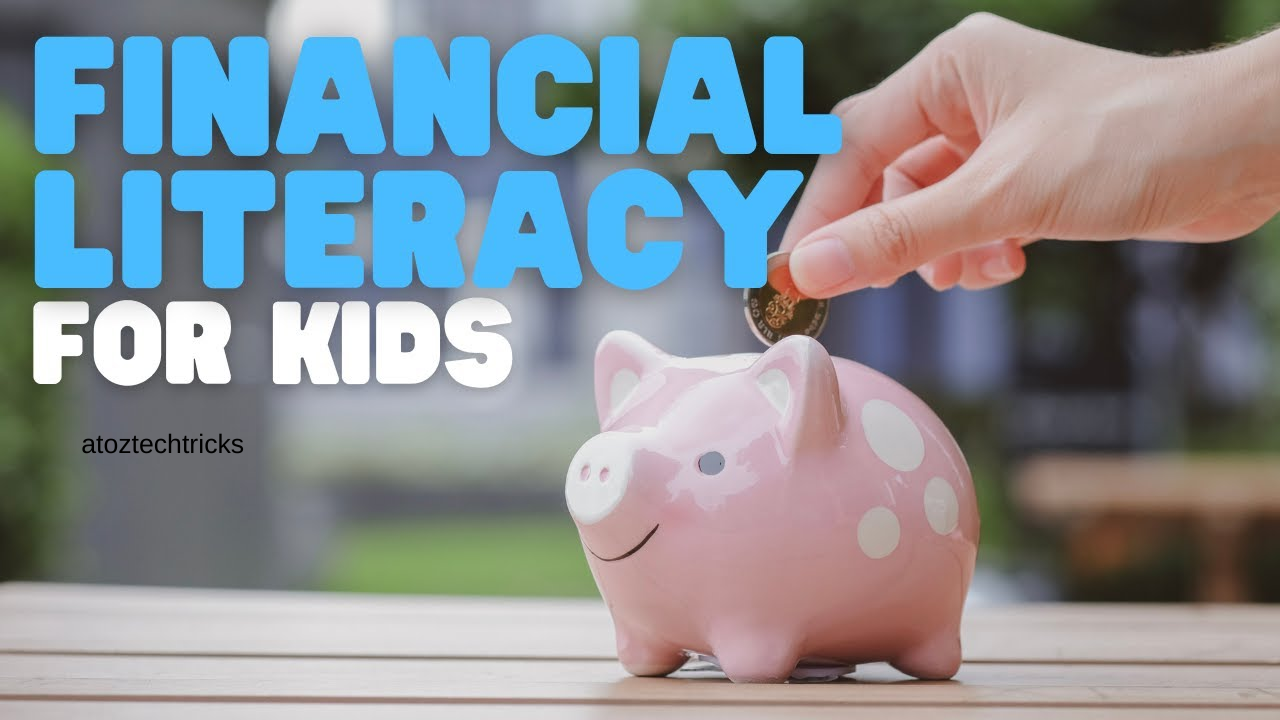Retirement Income Options: A Comprehensive Guide to Securing Your Financial Future
Retirement is a time to enjoy the fruits of your labour, but it requires careful planning to ensure you have sufficient income to maintain your lifestyle. Understanding the different sources of retirement income is crucial for developing a strategy that meets your needs. This guide will explore various retirement income options, including Social Security, employer-sponsored plans, IRAs, annuities, investments, and more.
2. Social Security Benefits
Understanding Social Security
Social Security is a cornerstone of retirement income for many Americans. It provides a guaranteed, inflation-adjusted income stream for life. The amount you receive is based on your earnings history and the age at which you start claiming benefits.
The earliest you can begin claiming Social Security is age 62, but doing so will result in a reduced benefit. Full retirement age (FRA) varies depending on your birth year, typically between 66 and 67. Waiting until age 70 to claim benefits can significantly increase your monthly payments.
Maximizing Social Security Benefits
To maximize your Social Security benefits, consider the following strategies:
- Delay Claiming Benefits: The longer you wait to claim Social Security, the higher your monthly benefit will be. Each year you delay past your FRA, your benefit increases by approximately 8% until age 70.
- Work Longer: Your Social Security benefit is calculated based on your 35 highest-earning years. Working longer can increase your benefits, especially if your recent earnings are higher than earlier years.
- Spousal Benefits: If you are married, you may be eligible for spousal benefits, which can be up to 50% of your spouse’s benefit. You can also switch to your benefit later if it is higher.
- Survivor Benefits: Widows and widowers can claim survivor benefits as early as age 60 (or 50 if disabled), which can provide a crucial income source.
Planning for Early Retirement: A Comprehensive Guide to Achieving Financial Independence
3. Employer-Sponsored Retirement Plans
401(k) Plans
401(k) plans are employer-sponsored retirement savings plans that allow employees to contribute a portion of their salary on a pre-tax or post-tax (Roth) basis. These contributions are invested in a variety of options, such as mutual funds, stocks, and bonds, allowing your savings to grow tax-deferred or tax-free.
Key Features:
- Employer Matching: Many employers match a portion of your contributions, effectively providing free money for your retirement.
- Tax Benefits: Contributions reduce your taxable income if made on a pre-tax basis. Roth 401(k) contributions are made with after-tax dollars but grow tax-free.
- Withdrawal Rules: Withdrawals before age 59½ may incur a 10% early withdrawal penalty, along with income tax.
Pension Plans
Pension plans, also known as defined benefit plans, are employer-sponsored retirement plans that provide a guaranteed income for life, based on your years of service and salary. Although less common today, pensions are still a valuable source of retirement income for those who have them.
Key Features:
- Guaranteed Income: Pensions provide a predictable, lifelong income stream.
- Inflation Protection: Some pensions include cost-of-living adjustments (COLAs) to protect against inflation.
- Survivor Benefits: Pensions often provide options for spousal or beneficiary payments after the retiree’s death.

4. Individual Retirement Accounts (IRAs)
Traditional IRA
A Traditional IRA is a tax-advantaged retirement account that allows individuals to save for retirement with pre-tax dollars. Contributions may be tax-deductible, and the investments within the account grow tax-deferred until withdrawal.
Key Features:
- Tax-Deferred Growth: Earnings grow tax-deferred, allowing your investments to compound more effectively.
- Contribution Limits: For 2024, the contribution limit is $6,500, with an additional $1,000 catch-up contribution allowed for those age 50 or older.
- Required Minimum Distributions (RMDs): RMDs begin at age 72, requiring you to start withdrawing a portion of your savings each year.
Roth IRA
A Roth IRA is another type of individual retirement account, funded with after-tax dollars. Unlike a Traditional IRA, withdrawals in retirement are tax-free, provided certain conditions are met.
Key Features:
- Tax-Free Withdrawals: Qualified withdrawals are tax-free, providing a significant advantage in retirement.
- No RMDs: Roth IRAs do not have RMDs, allowing your savings to grow tax-free for as long as you like.
- Contribution Flexibility: Contributions can be withdrawn at any time without penalty, making the Roth IRA a versatile savings vehicle.
IRA Rollovers
If you have retirement savings in a 401(k) or other employer-sponsored plan, rolling those funds into an IRA can provide more investment options and potentially lower fees. Rollovers can be done tax-free, and you can choose between a Traditional or Roth IRA, depending on your tax situation.
Mastering Personal Budgeting: Tips and Strategies to Take Control of Your Finances
5. Annuities
Annuities are insurance products that provide a guaranteed income stream for life or a specified period in exchange for a lump sum or series of payments. They can be an effective way to ensure you do not outlive your savings.
Immediate Annuities
Immediate annuities begin paying out shortly after you make a lump sum payment. These payments can be fixed or variable and continue for life or a set number of years.
Key Features:
- Guaranteed Income: Provides a predictable, steady income stream.
- Longevity Protection: Payments continue for life, reducing the risk of outliving your savings.
Deferred Annuities
Deferred annuities allow your investment to grow tax-deferred for a period before you start receiving payments. This option is suitable for individuals who do not need immediate income but want to secure future payments.
Key Features:
- Tax-Deferred Growth: Earnings grow tax-deferred until you begin withdrawals.
- Flexibility: You can choose when to start receiving payments, typically around retirement age.
Variable and Fixed Annuities
- Variable Annuities: Payments fluctuate based on the performance of the underlying investments, offering the potential for higher returns but also greater risk.
- Fixed Annuities: Provide a guaranteed, fixed payment amount, regardless of market performance, offering more security but typically lower returns.
6. Investments and Dividend Income
Dividend-Paying Stocks
Investing in dividend-paying stocks can provide a steady stream of income during retirement. Companies that pay dividends distribute a portion of their profits to shareholders regularly, which can supplement your retirement income.
Key Features:
- Income and Growth: Dividends provide income while the stock’s value can appreciate over time.
- Tax Advantages: Qualified dividends may be taxed at a lower rate than ordinary income.
Bonds and Fixed Income Investments
Bonds are debt securities that pay interest over a fixed period. They are generally considered safer than stocks and can provide a reliable income stream.
Key Features:
- Regular Interest Payments: Bonds pay periodic interest, providing a steady income.
- Safety: U.S. Treasury bonds are considered one of the safest investments, though they offer lower returns compared to other types of bonds.
Real Estate Investments
Real estate can be an excellent source of retirement income through rental properties or real estate investment trusts (REITs).
Key Features:
- Rental Income: Properties can provide regular rental income, which can increase with inflation.
- Capital Appreciation: Real estate values can appreciate over time, increasing your overall wealth.
- Diversification: Real estate provides diversification to your investment portfolio, reducing overall risk.

7. Part-Time Work and Consulting
Many retirees choose to work part-time or take on consulting roles to supplement their retirement income. This approach can provide additional income, keep you engaged, and offer opportunities to continue using your skills and experience.
Key Benefits:
- Extra Income: Helps bridge the gap between retirement savings and expenses.
- Social Interaction: Provides opportunities to stay connected and engaged with others.
- Flexibility: Part-time work offers flexibility, allowing you to work on your terms.
8. Home Equity
Reverse Mortgages
A reverse mortgage allows homeowners aged 62 or older to convert part of their home equity into tax-free income without selling the home. The loan is repaid when the homeowner sells the house, moves out permanently, or passes away.
Key Features:
- Income Supplement: Provides a steady income stream, useful for those with significant home equity.
- No Repayment Required: The loan does not need to be repaid until you sell the home or no longer live in it.
Downsizing and Relocating
Selling your home and moving to a smaller, less expensive property can free up equity and reduce your living expenses, providing additional funds for retirement.
Key Features:
- Increased Savings: Selling a larger home can free up substantial funds.
- Lower Expenses: A smaller home or relocating to a more affordable area can reduce living costs, freeing up more money for other needs.
9. Health Savings Accounts (HSAs)
Health Savings Accounts (HSAs) are tax-advantaged accounts designed to help you save for healthcare expenses. They offer triple tax benefits: contributions are tax-deductible, earnings grow tax-free, and withdrawals for qualified medical expenses are also tax-free.
Key Features:
- Tax Benefits: HSAs offer tax-free growth and withdrawals for healthcare expenses.
- Retirement Flexibility: After age 65, you can use HSA funds for non-medical expenses without penalty, though they will be taxed as ordinary income.
How to Adjust Your Budget for Life Changes: A Comprehensive Guide
10. Tax Considerations for Retirement Income
Managing taxes is a crucial aspect of retirement planning. Different sources of retirement income are taxed differently, and understanding these nuances can help you optimize your income.
Key Considerations:
- Tax-Deferred Accounts: Withdrawals from traditional IRAs, 401(k)s, and annuities are taxed as ordinary income.
- Roth Accounts: Qualified withdrawals from Roth IRAs and Roth 401(k)s are tax-free.
- Capital Gains: Long-term capital gains from the sale of investments are typically taxed at a lower rate than ordinary income.
- Social Security Taxes: Depending on your overall income, up to 85% of your Social Security benefits may be subject to income tax.
11. Estate Planning and Legacy Goals
Estate planning ensures that your assets are distributed according to your wishes after your death. It also involves planning for potential healthcare needs and ensuring your loved ones are financially secure.
Key Elements:
- Wills and Trusts: A will outline how your assets will be distributed, while trusts can provide more control and reduce estate taxes.
- Beneficiary Designations: Ensure that your retirement accounts, life insurance policies, and other assets have up-to-date beneficiary designations.
- Healthcare Directives: Advance directives and powers of an attorney ensure your healthcare wishes are honoured if you cannot make decisions.
Planning for retirement involves more than just saving; it requires a comprehensive strategy to ensure a steady income throughout your retirement years. By understanding and utilizing the various retirement income options available—Social Security, employer-sponsored plans, IRAs, annuities, investments, part-time work, home equity, and HSAs—you can build a diversified and sustainable income plan. Additionally, being mindful of tax considerations and estate planning will help you preserve your wealth and secure your financial future for yourself and your loved ones.
Retirement is a time to enjoy life, pursue passions, and spend time with loved ones. With careful planning and informed decision-making, you can create a retirement income strategy that allows you to live comfortably and confidently.





Post Comment